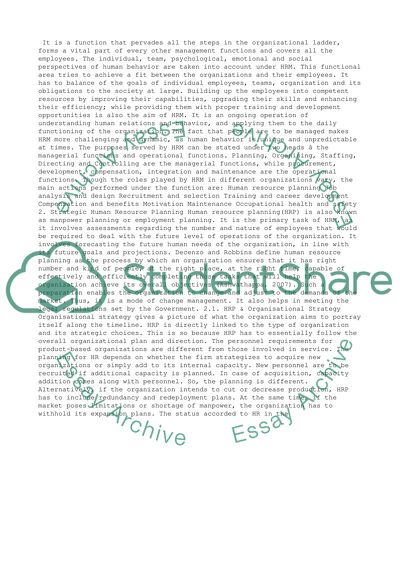Cite this document
(“Human Resource Management Assignment Example | Topics and Well Written Essays - 3250 words”, n.d.)
Retrieved from https://studentshare.org/management/1397230-human-resource-planning
Retrieved from https://studentshare.org/management/1397230-human-resource-planning
(Human Resource Management Assignment Example | Topics and Well Written Essays - 3250 Words)
https://studentshare.org/management/1397230-human-resource-planning.
https://studentshare.org/management/1397230-human-resource-planning.
“Human Resource Management Assignment Example | Topics and Well Written Essays - 3250 Words”, n.d. https://studentshare.org/management/1397230-human-resource-planning.


